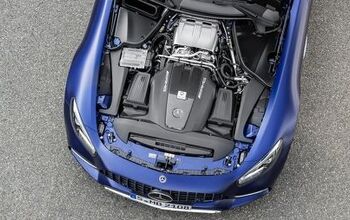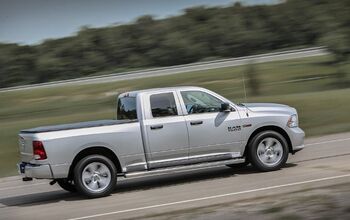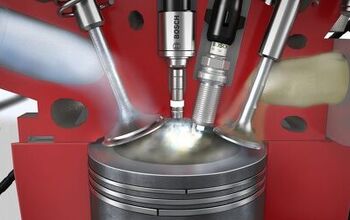What Is A Dash Cam And How Does It Work?
The democratization of technology is tremendous – at least in the automotive world. The trickle down of gear like heated seats and power accessories mean there’s equipment in today’s base models which were once the domain of much more expensive machinery.
Same goes for safety and security equipment such as automatic emergency braking or lane keeping, tools which may annoy some but are a boon for new drivers and arguably play a decent part in keeping other road users safe.
AutoGuide.com thanks Vantrue for sponsoring this Dash Cam Buyer’s Guide Series
Dash Cam Set Up
Dash cams are no different. It wasn’t too long ago that setting up some sort of forward-facing recording device in your car required power inverters, suction cups, and probably no small amount of duct tape – to say nothing of the visibility problems of trying to peer around a bulky camera. These days, technology has advanced to the point where a cam and its storage device can easily fit in the palm of one’s hand.
Or, more importantly, get tucked out of sight behind a rear-view mirror. Dash cams are designed to constantly peer forward and record whatever is happening ahead of one’s vehicle, thereby creating an irrefutable record should unexpected calamity strike on the open road.
Most units have a viewing area actually wider than that of the human eye, meaning it’ll capture everything you do (or don’t) see whilst commuting.
Dash Cam Video Storage
Storage of the video footage is handled one of two ways, with the most popular option being some sort of physical media card located right inside the device. These usually take the form of a micro-SD card, generally no bigger than a fingernail and able to store hours upon hours of video footage.
When shopping for a dah cam, make sure to get one which is able to utilize a micro-SD with huge storage capacity – at least 128 GB and preferably 512 GB. This will ensure there’s plenty of space on the card before it needs to overwrite existing footage.
Remember, the higher the resolution of a video, the more digital space it will consume. Newer cams can remotely upload footage to the cloud.
Power Supply
Most dash cams come with or have the option of being paired with a so-called hardwire kit, permitting the unit to draw power when necessary directly from the car itself, usually from the onboard diagnostic port which is generally located somewhere in the driver’s side footwell. Other cams take juice from a 12V source such as power port, the kind us old-school guys call a cigarette lighter. This latter option is preferred by some security experts since it does not tie the camera to a wider net of data being generated by one’s movements.
Good cams have power source wired to the windshield mount, where it is fed to the camera through a magnetic connection, instead of being plugged directly into the cam. This permits owners to quickly grab the camera off its mount when leaving the car for theft protection instead of having to fuss with wires and risk knocking something out of alignment.
Once the footage is recorded, users can go back and review what was captured as required, such as after an incident or when trying to figure out if the car that cut them off in traffic was blue or green.
Viewing Dash Cam Footage
Many units can be tied to one’s smartphone with an app, meaning users don’t even have to touch the camera in order to view any recorded footage. This can be a boon when trying to figure out who was at fault during a collision or, more comically, uploading someone else’s boneheaded but ultimately harmless driving habits for YouTube infamy.
There are plenty of devices which accept the addition of a second or even third camera, generally found to be peering behind the car to monitor rear-end collisions or viewing back into the cabin to keep rideshare drivers safe. Each additional cam will cause an attendant leap in the need for digital video storage, of course, so judge for yourself accordingly when buying micro-SD cards or signing up for cloud services.
Advanced Features of Dash Cams
Finally, know that good dash cams have the ability to ‘wake’ themselves if someone or something impacts the vehicle while it is stationary. This is a boon for those of us parking our cars on the street or living in areas were nefarious activity is a problem.
These cams typically pull off this feat by constantly recording and rewriting video in 10 or 15 second increments; if the camera senses movement, it’ll ‘wake up’ and keep those few moments of footage in the hopes it captured whatever (or whoever) bumped into your car. It is recommended these cams be hardwired to a power source for reliability.
And, yes – top tier offerings have be rigorously tested, so it should be no trouble to leave the cam in freezing overnight temperatures or bake in the punishing sunshine.
Everything has its limits, of course, so be sure to read any literature and fine print included with your shiny new dash cam.
More by AutoGuide.com Staff
































Comments
Join the conversation